Suran Manvelyan
Suran Manvelyan is a professional photographer who has been taking photographs since he was 16 years old. He photographs a wide range of subjects from portraits and creative compositions to landscape and more. I like that he has such a wide range of work. He does not just photograph one subject area, and he has a large collection of strong and amazing photographs. I think it is good to have a wide range of experience when it comes to photography, and Manvelyan is a good example. Here is his portfolio on Behance.
These are some of the photos I really liked from his portfolio:


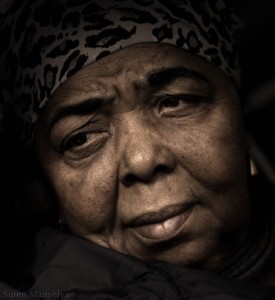

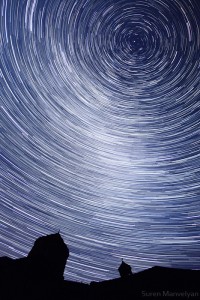
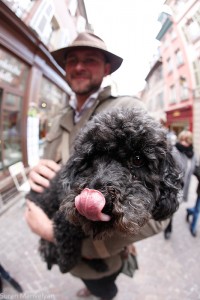


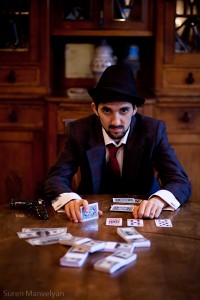

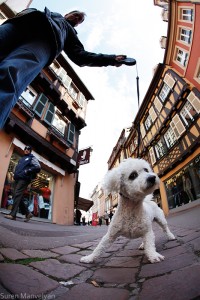

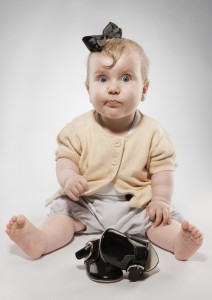
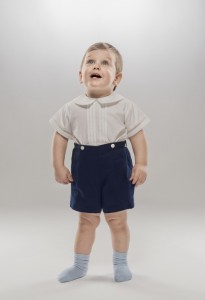

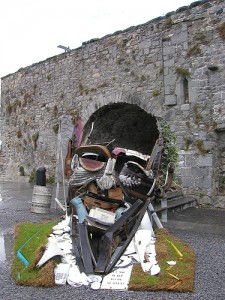
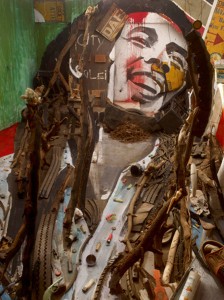
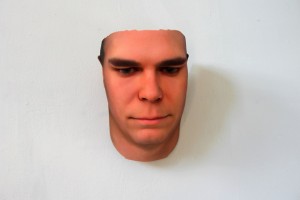
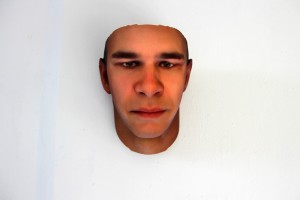

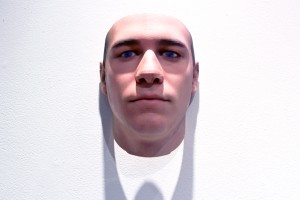
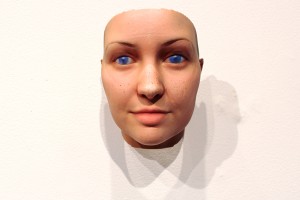
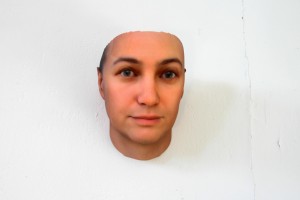

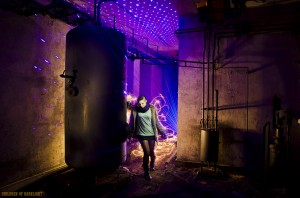
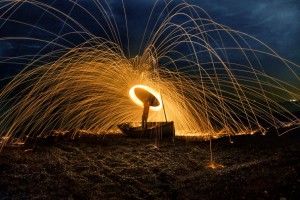
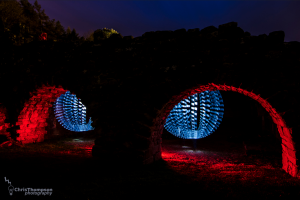


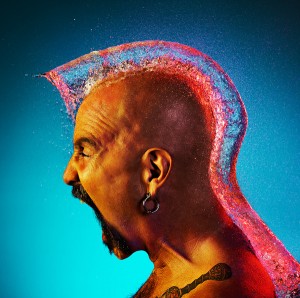
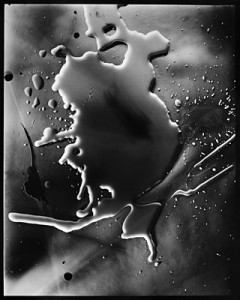


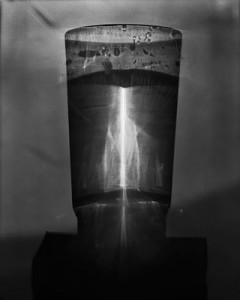
Cierra Fitzgerald on Photographer of the Week 07: Winters
1:00 am, 10.18.14
I love Dan Winter’s work! All of his photographs (especially his portraits of people) are so artistically crafted. They are well developed from the positioning of the subject, to lighting, and the incorporation of different background elements to achieve striking compositions. Even his photographs of places and things are a unique eye-catch. His work is such an inspiration, and I love that his photographs give a sense of feeling as well. Thank you so much for sharing this Nil!
Cierra Fitzgerald on Photographer of the Week 06: Arbus
12:53 am, 10.18.14
Looking through Diane Arbus’ work makes me smile. I find the photos particularly intriguing because they are so out of the ordinary. I love that she photographs people that are out of the ordinary or creates unique compositions that you would not expect (like the low-angle shot of the baby with the double chin; it makes me feel as if it is about to open its eyes). Diane Arbus’ approach to photography in documenting people out of the ordinary is inspirational because she thinks outside of the box, which I would like to incorporate into my photographic skills.
Cierra Fitzgerald on Gilad Benari
10:24 pm, 09.13.14
I just noticed that Benari’s work is somewhat similar to Abelardo Morell’s work because of the use of reflections in images to create a more powerful portrayal of subject matter, and also because of the slight illusionistic qualities. There’s a link to Morell’s work in Nil’s second post.
Cierra Fitzgerald on DOF: Lytro Camera
10:19 pm, 09.13.14
Lytro cameras are definitely an interesting approach to photography. I watched the introductory video on the Lytro website in the link and I thought it was pretty neat. As the narrators address in the video, the Lytro camera really allows photos to come to life because as the viewer sees the change in focus, it makes them feel like they are physically witnessing the subject matter. This is a popular way to film scenes in videography as well because the use of rack focus allows the viewer to feel an emotional connection, create a story or “connect the dots” to figure out the vision that the videographer/photographer is trying to portray.
Cierra Fitzgerald on Gilad Benari
10:06 pm, 09.13.14
Thanks for sharing this Chelsea. Benari’s work is phenomenal. I would have never thought of taking pictures through reflections. I really love the image above as well and I can’t stop looking at it! What I like most about Benari’s work is that it causes me to mentally engage in his photographs because of the illusionistic qualities in them. His work shows a unique and inspirational approach to photography.
Cierra Fitzgerald on Photographer of the Week 01: Talbot
6:56 pm, 09.08.14
What surprised me most about this article was not only the persistence in attempting to find a method to properly develop and maintain photos, but how the process had been abandoned for thirty years because no one could figure out how to maintain the photos that they developed. We have come a long way technologically to be able to easily take and develop photos. It is also pretty neat to see how some methods are still similar, including going through multiple chemical processes to develop photos.
Cierra Fitzgerald on Photographer of the Week 02: Morell
8:35 am, 09.04.14
I love the slight optical illusion of this photograph. When I first saw this image I didn’t realize that it was a projection on a wall. It’s like the entire room is an enlarged pinhole camera. It would have been neat to see this in the classroom.